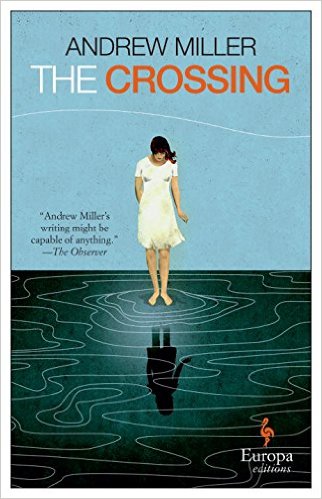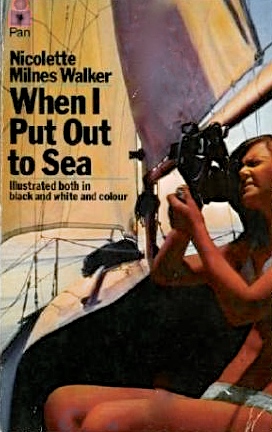“For people like me, the Internet is the shipwreck as well as the life raft: you drown in the tracking game, in the expectation, you can’t grieve for a relationship, however dead it may be, and at the same time you’re hovering above it in a virtual world clinging to fake information that pops up all over the Web, and instead of falling apart you go online. If only for that little green light that tells you the other person’s online.”—Claire Millecam, fifty-year-old college professor.
 In one of the wildest, most creative, and surprising literary novels of the year, French author Camille Laurens plays with reality and virtual reality on all levels and involves the engaged reader in the action as it occurs. The novel opens with a mysterious two-page Prologue, written in stream-of-consciousness style, purportedly an audio recording of a deposition from the Police Headquarters archives of a city in France. The woman being deposed claims to be an academic who has published articles and has a background in women’s issues and history, but she is also overwrought, frustrated when the interviewer stops to talk with a student who has entered the room. Her stream of consciousness raving has no context for the reader just beginning the novel (though it makes sense when re-read after the conclusion). She is now angry because, among other issues, “A real newspaper, a serious daily,” has reported that “it’s pathetic that aged 50 Madonna still wants to be someone.” The speaker then goes off on her own tangent about how there is “no point being young if you’re not pretty and no point being pretty if you’re not young. Men mature, woman age. A man in the twilight of his life is a handsome thing,” she says. “A woman’s just sad…” People just want her to go die someplace, she believes.
In one of the wildest, most creative, and surprising literary novels of the year, French author Camille Laurens plays with reality and virtual reality on all levels and involves the engaged reader in the action as it occurs. The novel opens with a mysterious two-page Prologue, written in stream-of-consciousness style, purportedly an audio recording of a deposition from the Police Headquarters archives of a city in France. The woman being deposed claims to be an academic who has published articles and has a background in women’s issues and history, but she is also overwrought, frustrated when the interviewer stops to talk with a student who has entered the room. Her stream of consciousness raving has no context for the reader just beginning the novel (though it makes sense when re-read after the conclusion). She is now angry because, among other issues, “A real newspaper, a serious daily,” has reported that “it’s pathetic that aged 50 Madonna still wants to be someone.” The speaker then goes off on her own tangent about how there is “no point being young if you’re not pretty and no point being pretty if you’re not young. Men mature, woman age. A man in the twilight of his life is a handsome thing,” she says. “A woman’s just sad…” People just want her to go die someplace, she believes.
The opening chapters of the book itself begin with interviews between Claire Millecam and Dr. Marc B., as Claire reveals her academic background and her experience in the theatre, where her former husband was/is a director. Though Dr. Marc B. is new to her, she has been “here” for two and a half years, for reasons unknown, and she, now almost fifty, tells him that “it’s his job to resuscitate me, to rewire my circuits, get the machine working again and basically reinstate me.” She suspects that the doctor wants her to talk about “Christophe, the corpus delicti or rather the corpus so delectable he broke my heart.” Chris, she tells him, began as the roommate and Facebook friend of Joe, her former lover, who won’t “Friend” people he does not know – or has formerly loved. She has therefore decided to be Chris’s Facebook friend in order to find out from him what is now happening with Joe. Setting up a new Facebook account under the fictional name of Claire Antunes (because she admires author Antonio Lobo Antunes), she uses a photo of a 24-year-old family member and befriends Chris, who is thirty-six. Her experience in a writing workshop at her residence, run by a teacher named Camille, helps her create a character for Claire Antunes and allows her to live within that persona while she is on Facebook.
As a Facebook relationship between alterego Claire Antunes and Chris evolves, Claire Millecam soon finds herself spending most of her time on-line, and inevitably she falls in love with her Facebook friend Chris, who reciprocates her feelings. She is understandably fearful, however, that if Chris ever sees her, a fifty-year-old woman who has misled him, not an innocent twenty-four-year-old, that he will be repulsed. Gradually, the past unfolds for all the characters – Chris and his history; Katia, the woman whose picture Claire Millecam has used for Claire Antunes’s Facebook page; and Claire Millecam herself. At one point Chris posts a video of Patti Smith singing “Because the Night Belongs to Lovers,” describing love as “an angel disguised as lust,” a description that saddens Claire because “if love’s an angel, then it’s sexless.” Claire’s response is to post a song on Youtube by Catherine Ribeiro, in which Ribeiro sings “So this is my distress/ This is the truth that’s hurting me/I never had an address/Nothing but a fake ID.”
With these characters and their complicated relationships, psychological issues, and motivations established, author Camille Laurens then lets them “live their lives,” expanding her themes and the complexity of her plot, involving the reader and raising questions about what is real and what is contrived about their lives as the characters themselves see them, and what is real and what is created on a different level by the author for purposes of plot. Real life, as understood by the reader; the fictional reality of the characters in the story; and virtual reality all come together as the novel continues its themes. The author’s presentation of new first-person points of view throughout the novel encourage the reader to form still more new conclusions about the present and past of the characters as their interior action unfolds.
The title of the novel gives clues to the author’s intention and goes a long way toward the overall understanding of the novel’s focus. The novel might have been called “Who I Am,” rather than “Who You Think I am, but the first title suggests a main character who is confident and plans to illustrate for the reader how s/he thinks, what s/he believes, and what s/he plans to do in the future, a traditional point of view for a psychological novel like this one. In this case, however, the main character is floundering, and this title would not be appropriate. “Who You Think I Am,” on the other hand, recognizes the changing landscape of the novel for the reader, based on what the author reveals at different points in the narrative. Here the reader, the “you” of the title, participates in the story, developing his/her own knowledge of the characters and action and drawing his/her own conclusions through the author’s carefully ordered revelations. As new connections change the reader’s perceptions, the author is freed to present surprises, taking the novel in even more new directions and leading to a rousing conclusion. “Who You Think I Am,” with its careful pacing, created for me a kind of exhilaration rare in fiction, a feeling of participating more fully in the lives of the characters by willingly succumbing to the unknown and trusting the author to do what she does so well here – tell the story. High on my list of Favorites for the year.
Also reviewed here: LITTLE DANCER, AGED FOURTEEN
Photos, in order: The author’s photo appears on http://www.parismatch.com/
Chris shows a video of the Patti Smith recording, “Because the Night,” on his Facebook page to show his love for Claire. She takes exceptions to it. http://hitparade.ch/
Chris loves the Citroen DS Special (1970s) he drives. https://www.baccarathotels.com
Cap Blanc Nez in northern France features strongly in the conclusion: https://commons.wikimedia.org Photo by Hans Hillewaert.




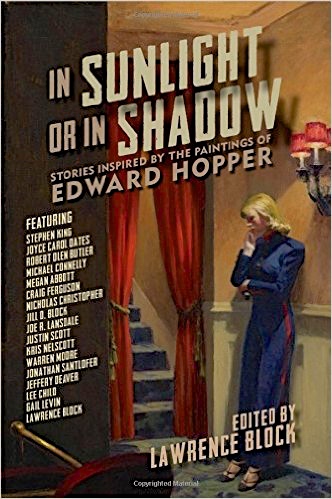 In a book that will delight lovers of stories and art, Lawrence Block, editor and writer, presents stories written by himself and sixteen other authors in response to seventeen paintings by American artist Edward Hopper (1882 – 1967). Most of Hopper’s paintings are quiet, with little, if any, action and few, if any, characters. The overall mood for most of Hopper’s paintings is bleak, and his characters appear to be lonely, immersed in their own thoughts, and alienated from society. Though Hopper specializes in the play of sunlight and shadow (hence, the title of the book), he does so with dramatic effect, and most of his major paintings show isolated characters dealing with the darkness, the light being just beyond them. All of the seventeen writers who have contributed a short story to illustrate a Hopper painting clearly catch the mood of depression and withdrawal which seems to characterize so many of these paintings, and anyone familiar with the work of these writers, most of whom are mystery writers, should also know what to expect: Only two writers create stories that can be said to have even slightly “happy” endings, and one of those occurs on a deathbed.
In a book that will delight lovers of stories and art, Lawrence Block, editor and writer, presents stories written by himself and sixteen other authors in response to seventeen paintings by American artist Edward Hopper (1882 – 1967). Most of Hopper’s paintings are quiet, with little, if any, action and few, if any, characters. The overall mood for most of Hopper’s paintings is bleak, and his characters appear to be lonely, immersed in their own thoughts, and alienated from society. Though Hopper specializes in the play of sunlight and shadow (hence, the title of the book), he does so with dramatic effect, and most of his major paintings show isolated characters dealing with the darkness, the light being just beyond them. All of the seventeen writers who have contributed a short story to illustrate a Hopper painting clearly catch the mood of depression and withdrawal which seems to characterize so many of these paintings, and anyone familiar with the work of these writers, most of whom are mystery writers, should also know what to expect: Only two writers create stories that can be said to have even slightly “happy” endings, and one of those occurs on a deathbed.
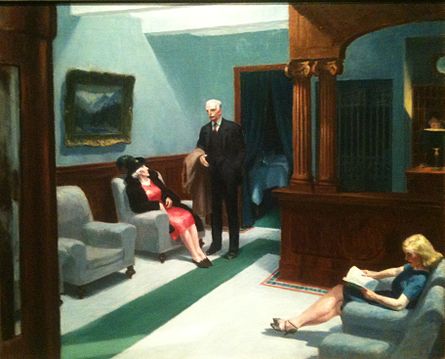
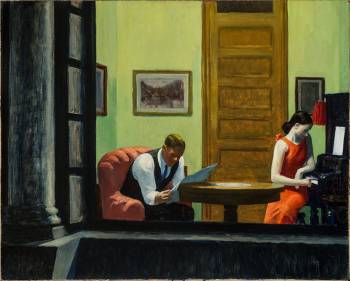
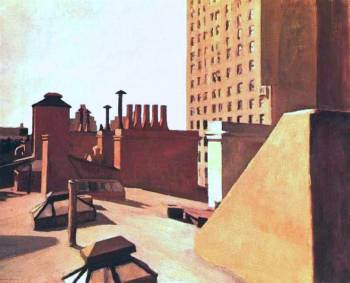
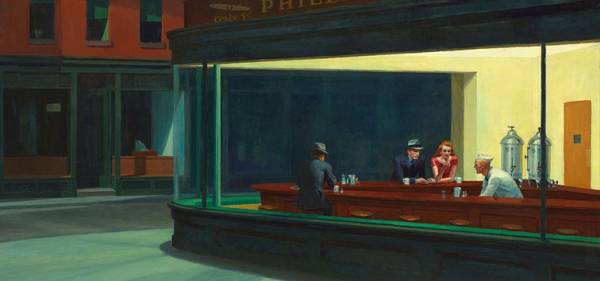
 If it sounds strange for the publisher to refer to this novel by Icelandic author Arnaldur Indridason as the “sequel to the prequel,” that is because the novels in this series featuring Detective Erlendur have not been published in chronological order. The first novel to be published in English,
If it sounds strange for the publisher to refer to this novel by Icelandic author Arnaldur Indridason as the “sequel to the prequel,” that is because the novels in this series featuring Detective Erlendur have not been published in chronological order. The first novel to be published in English, 




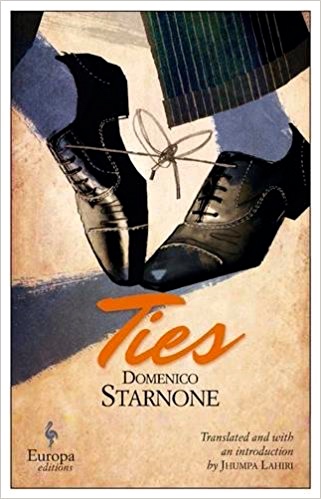


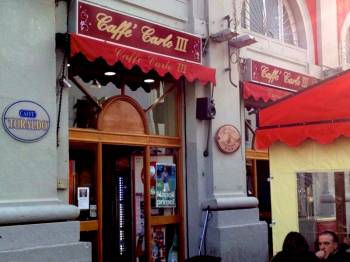

 I have long been intrigued by Ferrante’s
I have long been intrigued by Ferrante’s 